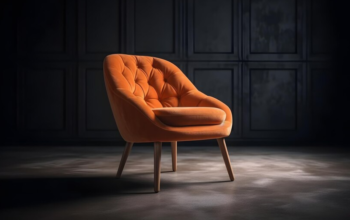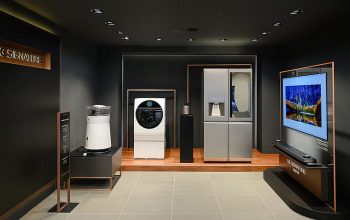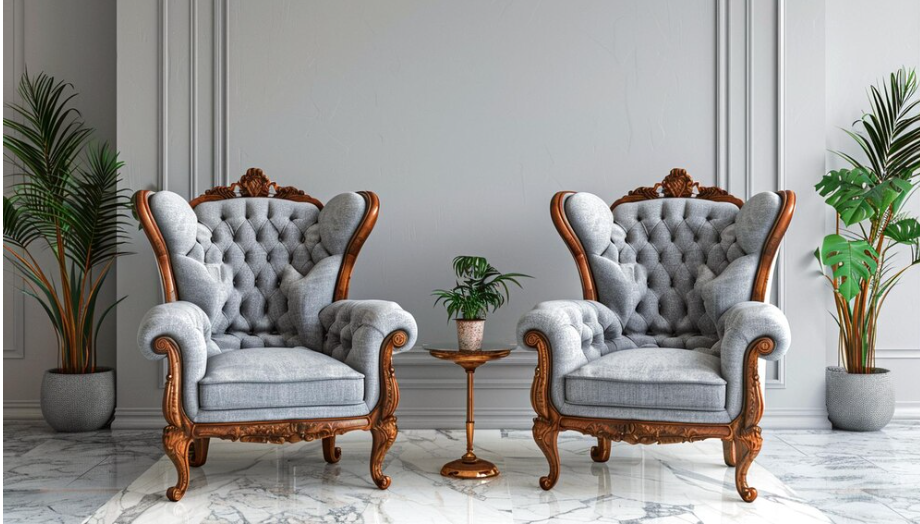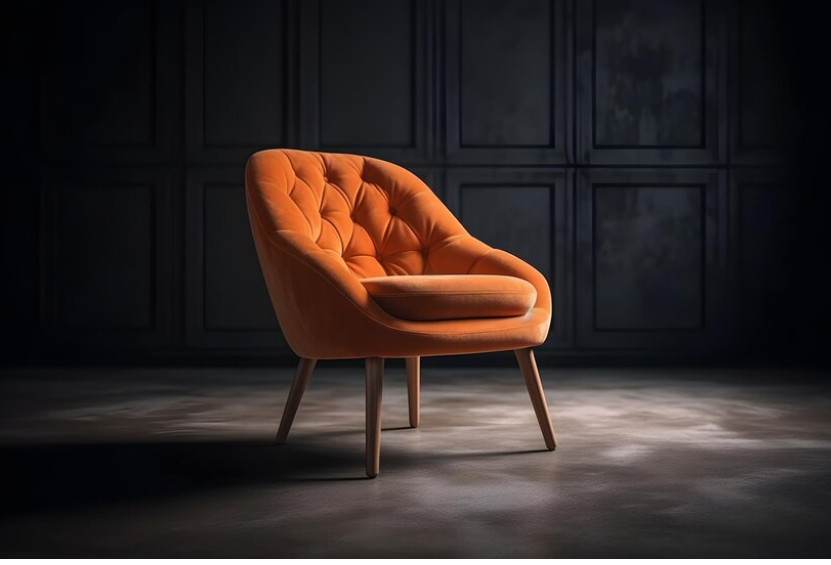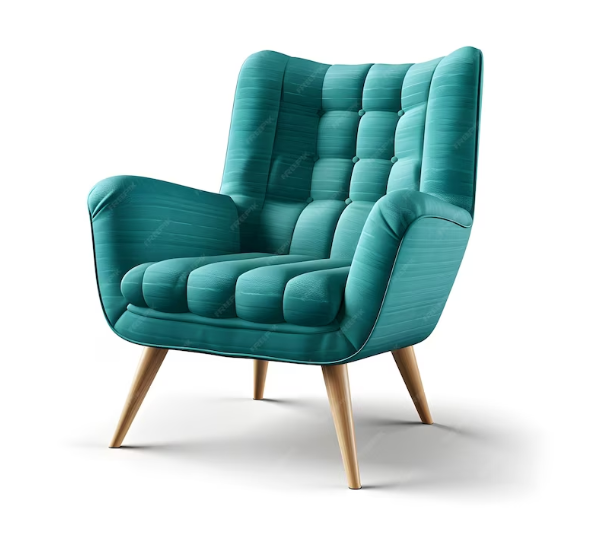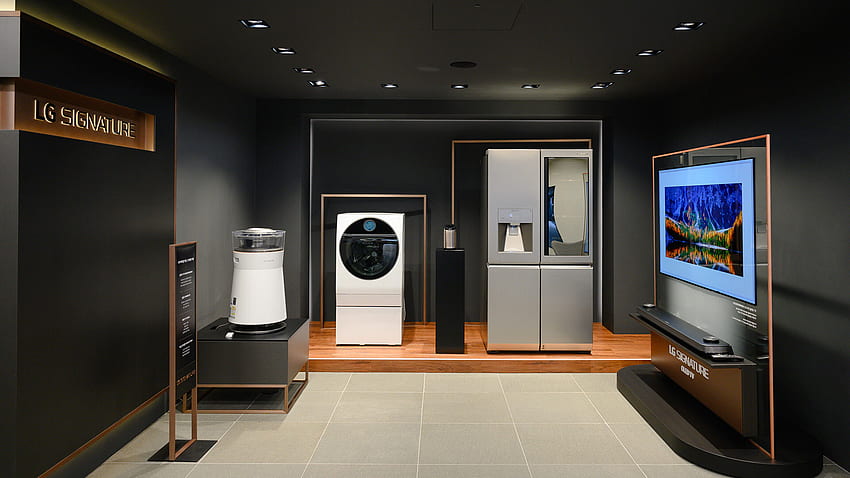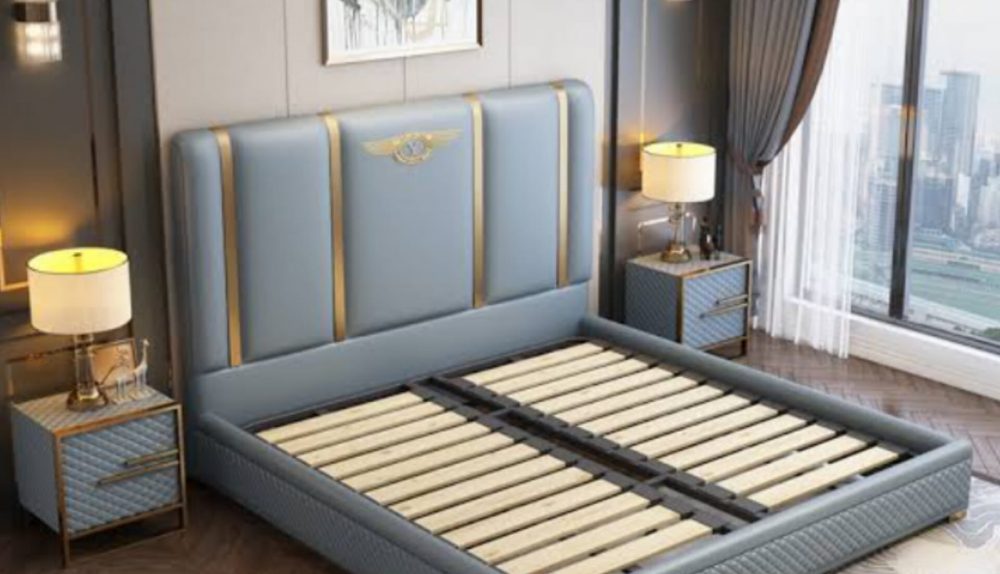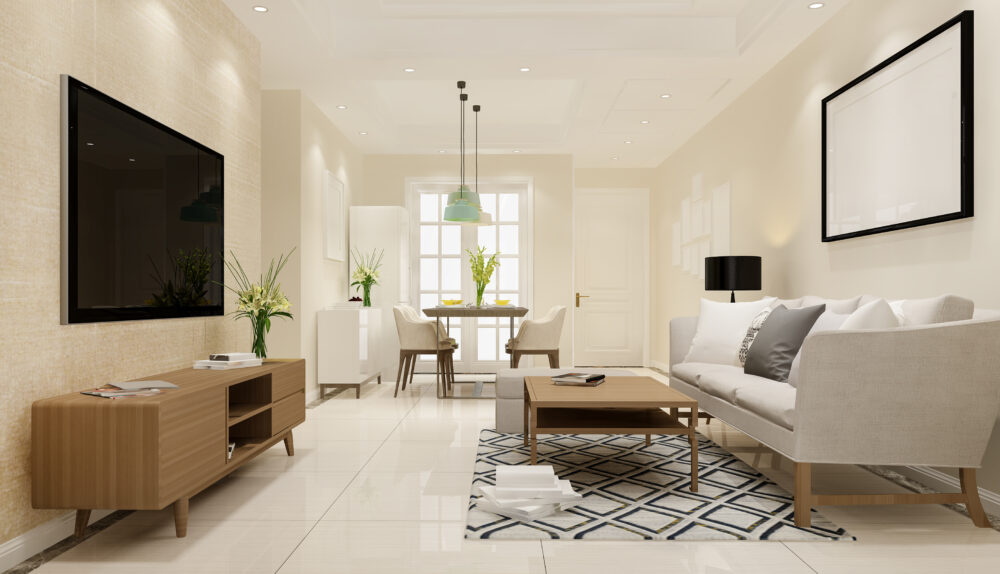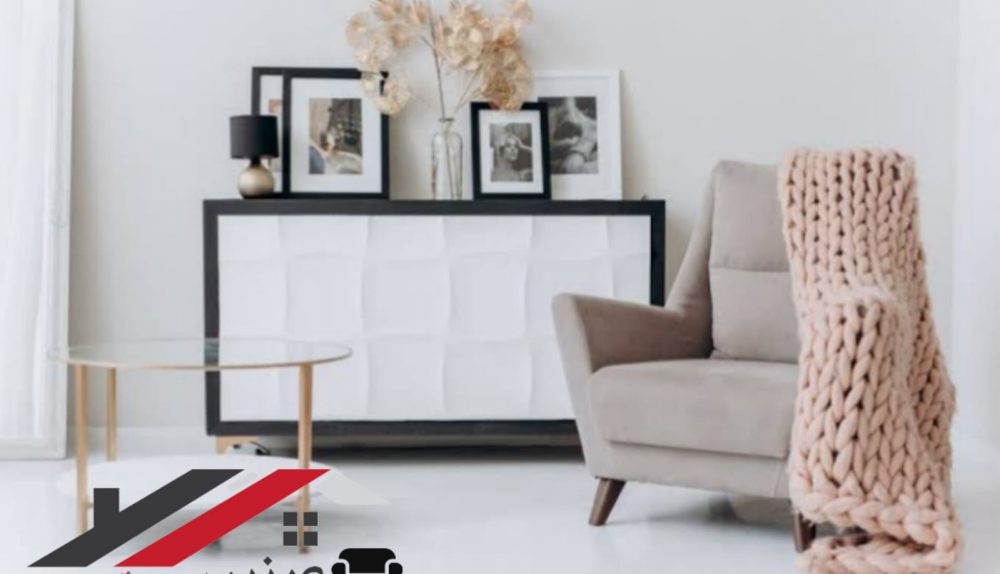The Ultimate Guide to Buying and Selling Used Furniture : Top Notch Used Furniture Buyers
In this comprehensive guide, we delve into the world of buying and selling used furniture, exploring its benefits, sustainability, and economic advantages. Whether you’re a buyer looking for affordable yet quality pieces or a seller aiming to declutter and earn extra cash, this guide is your go-to resource. Top Notch Used Furniture Buyers
Buying Used Furniture: A Smart Choice
Used Furniture Benefits: Investing in used furniture offers numerous advantages. It’s a smart choice for budget-conscious individuals seeking quality items at lower prices. Additionally, buying pre-owned furniture promotes sustainability by reducing waste and minimizing environmental impact.
Value and Savings: Purchasing used furniture provides exceptional value for money. You can acquire high-quality pieces with character and history at a fraction of the cost of new furniture. This smart investment allows you to furnish your home stylishly while staying within your budget.
Unique Character: Unlike mass-produced furniture, used pieces often possess unique charm and character. Each item tells a story, adding a personal touch to your space. By incorporating second-hand furniture into your home, you create an environment that reflects your individuality and style.
Heading 3: Tips for Buying Used Furniture
Research: Begin by researching the type of furniture you need and its market value. This knowledge empowers you to make informed decisions and identify fair pricing when browsing listings.
Inspection: When viewing used furniture, thoroughly inspect each piece for any signs of wear, damage, or structural issues. Pay attention to details such as scratches, stains, loose joints, or missing parts to ensure you’re getting a quality product.
Quality Check: Assess the overall condition and quality of the furniture. Look for well-built, sturdy pieces that are likely to withstand everyday use. Focus on craftsmanship, materials, and durability to ensure your investment lasts.
Seller Inquiry: Don’t hesitate to ask the seller questions about the furniture’s history, age, and condition. Request additional photos if necessary to get a comprehensive view of the item’s condition.
Negotiation: Be prepared to negotiate the price, especially if you notice any flaws or imperfections. Most sellers are open to bargaining, so don’t hesitate to make a reasonable offer.
Delivery Options: Consider transportation logistics and delivery costs when purchasing large or heavy furniture items. Some sellers may offer delivery services for an additional fee, while others may require you to arrange your own transportation.
By following these tips and leveraging the benefits of buying used furniture, you can make savvy purchasing decisions that align with your budget, style, and sustainability goals.
Top ones
- Used furniture: Affordable, sustainable, budget-friendly
- Buying: Pre-owned, second-hand, economic
- Selling: Resale, consignment, thrifting
- Sustainability: Environmentally friendly, recycling, waste reduction
- Affordability: Value, savings, cost-effective
- Market: Furniture market, online marketplace, thrift stores
- Quality: Craftsmanship, longevity, renovation, restoration
- Inspection: Wear and tear, damage assessment, quality check
- Seller inquiry: History, condition, additional photos
- Negotiation: Price haggling, bargaining
- Delivery options: Transportation, logistics, additional costs.
Unlocking the Value: The Beauty of Used Furniture
In a world where conscious consumerism is on the rise, the allure of used furniture has never been stronger. The journey of used furniture, from being purchased to finding a new home, not only presents an opportunity for budget-friendly decor but also contributes to sustainable living practices. Let’s explore the myriad benefits and considerations associated with buying and selling used furniture, and how it intertwines with our pursuit of affordability, sustainability, and quality.
Affordability and Sustainability in Harmony
One of the most compelling aspects of used furniture is its affordability. It offers an accessible entry point for individuals looking to furnish their spaces without breaking the bank. The cost savings are not only advantageous for buyers but also align with sustainable practices by extending the lifespan of items that might otherwise end up in landfills.
The Economic Wisdom of Buying Pre-Owned
Buying pre-owned furniture, often referred to as second-hand or thrifted, is a testament to economic wisdom. It allows consumers to acquire quality pieces at a fraction of the cost of buying new. This economic advantage extends beyond the initial purchase, as it also minimizes the demand for new production, thereby reducing the environmental footprint associated with manufacturing processes.
The Art of Selling: Resale, Consignment, and Thrifting
On the flip side, selling used furniture presents an opportunity for individuals to declutter their spaces while earning some extra cash. Whether through resale platforms, consignment shops, or thrift stores, sellers can give their furniture a new lease on life. This circular economy approach not only benefits sellers financially but also contributes to waste reduction and resource conservation.
Embracing Sustainability Through Recycling and Waste Reduction
Used furniture embodies sustainability principles by promoting the reuse and repurposing of materials. By opting for pre-owned items, consumers actively participate in recycling efforts and contribute to waste reduction initiatives. This conscious choice aligns with broader environmental goals and fosters a sense of responsibility towards our planet.
Affordability Meets Value: Unveiling Cost-Effective Solutions
The affordability of used furniture doesn’t compromise on value. In fact, it offers an excellent return on investment by providing quality pieces at a lower price point. The value proposition extends to both buyers and sellers, as each transaction represents a mutually beneficial exchange where savings are maximized without sacrificing quality.
Navigating the Market: From Local Stores to Online Platforms
The used furniture market encompasses a diverse array of options, ranging from local thrift stores to online marketplaces. This vast landscape provides consumers with unparalleled access to a variety of styles and designs. Whether scouring neighborhood shops or browsing virtual listings, buyers have the freedom to explore and discover hidden gems that suit their preferences and budget.
Quality Assurance: From Craftsmanship to Inspection
Despite its pre-owned status, used furniture often boasts exceptional quality and craftsmanship. Items with a rich history and enduring durability can be found through careful inspection and quality checks. Assessing wear and tear, conducting thorough inspections, and inquiring about the item’s history are essential steps in ensuring a satisfactory purchase or sale.
Negotiation and Delivery: Fine-Tuning the Transaction Process
Negotiation plays a pivotal role in the used furniture market, allowing buyers and sellers to reach mutually agreeable terms. From price haggling to bargaining, the negotiation process adds an element of flexibility and customization to each transaction. Additionally, considering delivery options and associated logistics ensures a seamless and cost-effective experience for all parties involved.
In Conclusion: A Sustainable Future Starts with Used Furniture
In conclusion, the journey of used furniture embodies a harmonious blend of affordability, sustainability, and quality. It represents more than just a transaction; it’s a conscious choice to embrace environmentally friendly practices while enjoying cost-effective solutions. Whether buying or selling, each interaction contributes to a circular economy where value is unlocked, and the beauty of reuse is celebrated. As we navigate the world of used furniture, let’s embrace its inherent charm and unlock the endless possibilities it offers for creating sustainable, stylish, and inviting spaces.


